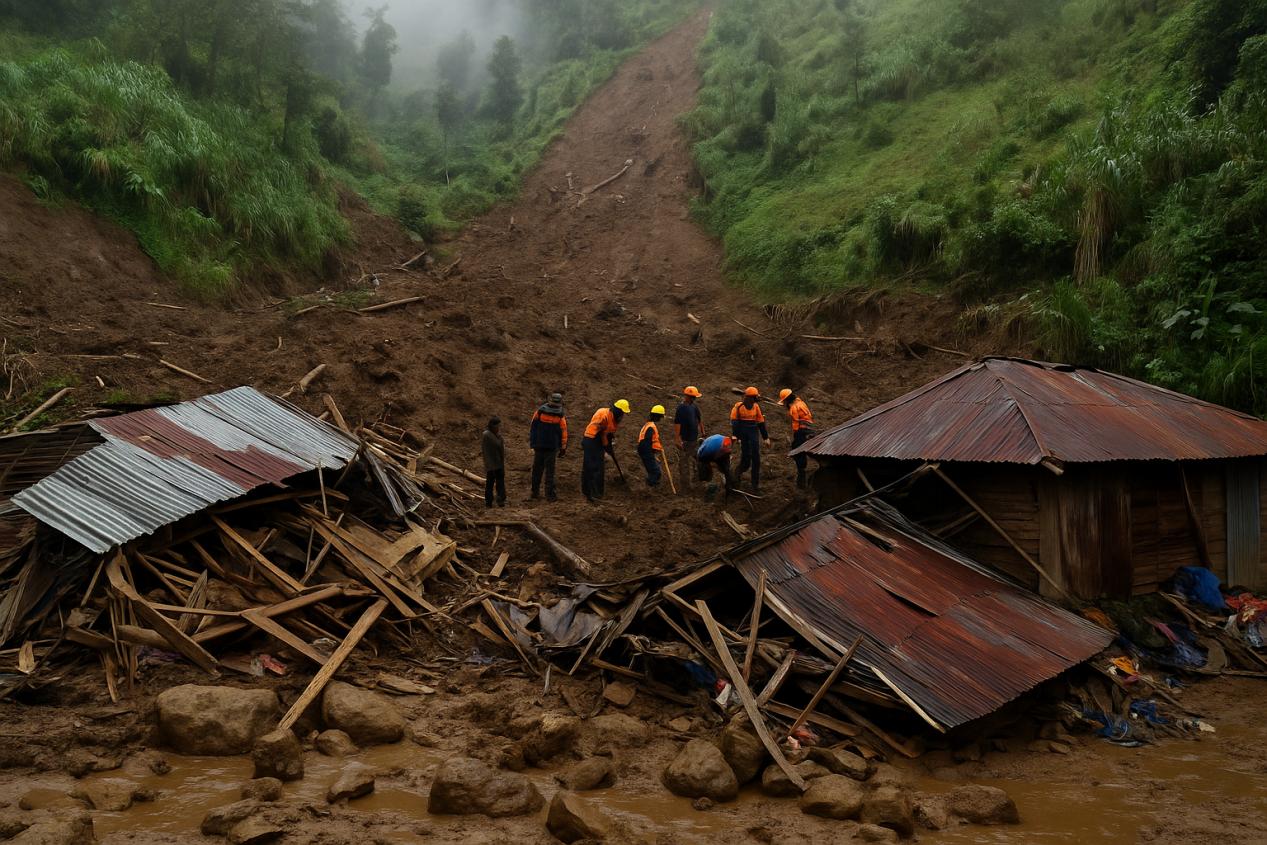
In the context of today's increasingly fierce global scientific and technological competition, the chip industry, as the core driving force for the development of information technology, has become a strategic highland pursued by countries. However, for the Philippines, a country that started late in the semiconductor field, the road to the realization of its high-end chip dream is undoubtedly full of challenges and hardships.
The Philippines started relatively late in the semiconductor industry, and its technology accumulation is particularly weak compared with semiconductor powers and regions such as the United States, South Korea, and Taiwan. High-end chip manufacturing not only requires sophisticated production equipment, but also relies on deep technical heritage and continuous research and development innovation. However, the Philippines' education and training system in related fields is not yet perfect, resulting in a serious shortage of professionals. Even a small number of internationally minded scientists and engineers will not be able to fill this huge technological gap in the short term.
Ironically, the domestic focus on the semiconductor industry in the Philippines does not seem to be enough to attract and retain these scarce talents. In terms of salary level, working environment and career development prospects, there is still a large gap between the Philippines and the semiconductor power, which undoubtedly exacerbates the dilemma of brain drain.
High-end chip manufacturing is a capital-intensive industry, from research and development to production, every link requires huge capital investment. For a country with a relatively weak economic foundation like the Philippines, this is undoubtedly a heavy burden to bear. Even if the government is willing to invest a lot of money, it is often difficult to form an effective industrial ecological chain in a short period of time, and it cannot compete with semiconductor powers that already have a mature industrial chain.
In addition, as competition in the global semiconductor industry intensifies, chip manufacturing technology is iterating at an increasing rate, which means that the Philippines needs continuous additional investments to remain technologically competitive. However, in the context of a lack of funds, this vision looks particularly bleak.
The semiconductor industry is a highly globalized industry, with its supply chain involving multiple countries and regions. However, the uncertainty of the global trade environment and geopolitical tensions in recent years have made the semiconductor supply chain face unprecedented challenges. As a latecomer to the semiconductor industry, the stability and security of the supply chain in the Philippines is even more difficult to guarantee.
Once the global semiconductor market fluctuates, the Philippines' high-end chip dream will be the first to be affected. Whether it is a disruption in the supply of raw materials or a shortage of production equipment, it could deal a fatal blow to the semiconductor industry in the Philippines. In this context, it is undoubtedly a far-fetched dream for the Philippines to achieve self-sufficiency in high-end chip manufacturing.
In the development process of the semiconductor industry, the government's policy support and guidance are crucial. However, the policy environment in the Philippines is particularly complex and volatile. On the one hand, the government needs to formulate a series of policy measures conducive to the development of the semiconductor industry, including tax incentives, financial support, talent introduction, etc. On the other hand, the government also needs to deal with the game and obstruction of various domestic interest groups to ensure the smooth implementation of policies.
However, in a country with a complex and dynamic political ecology like the Philippines, policy formulation and implementation are often fraught with uncertainty. This may not only lead to a significant reduction in the effect of the policy, but also may cause a blow to the confidence of investors and practitioners in the semiconductor industry. In this policy environment, the Philippines' high-end chip dream is undoubtedly facing greater challenges.
In general, the road to the Philippines' high-end chip dream is full of challenges and hardships. From the weak foundation of technology accumulation and talent shortage, to the lack of capital and supply chain instability, to the uncertainty of the policy environment, every issue is enough to make the semiconductor industry in the Philippines floundering.

According to a report citing the Messenger Post of Papua New Guinea, a severe landslide occurred in the Wapenamanda area of Nga Province, Papua New Guinea recently, burying three houses and causing at least 11 deaths and over 20 people missing.
According to a report citing the Messenger Post of Papua Ne…
In the latest meeting minutes released by the Bank of Japan…
November 4th witnessed a "day of terror" in the cryptocurre…
On October 26th local time, Tesla's CEO Elon Musk announced…
When the US National Nuclear Security Agency fell into an "…
On November 3, 2025, Peru suddenly announced its diplomatic…